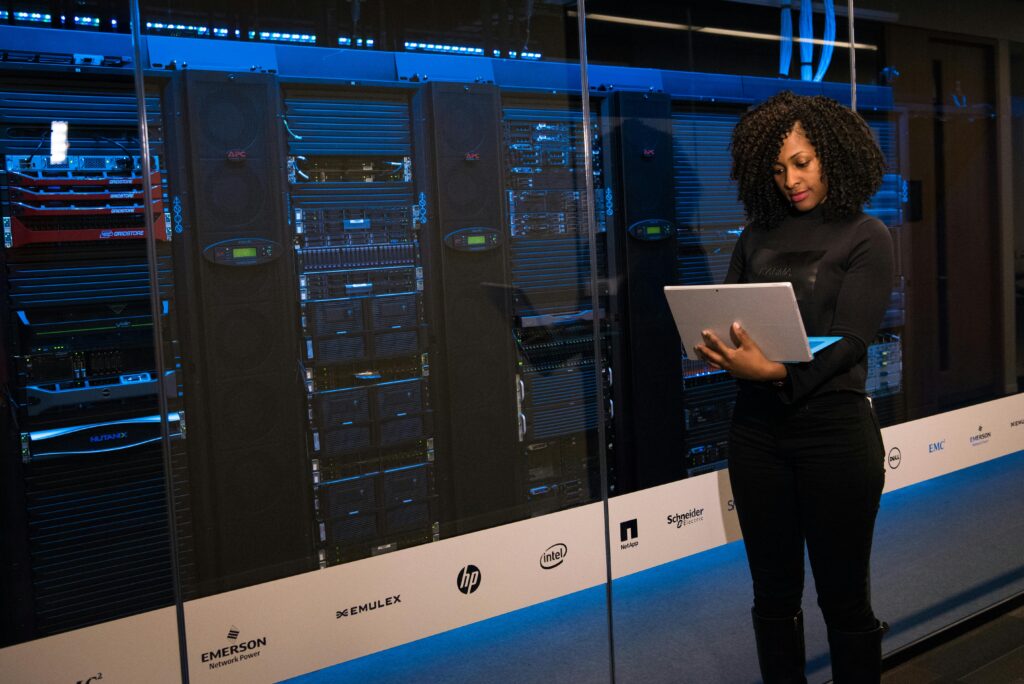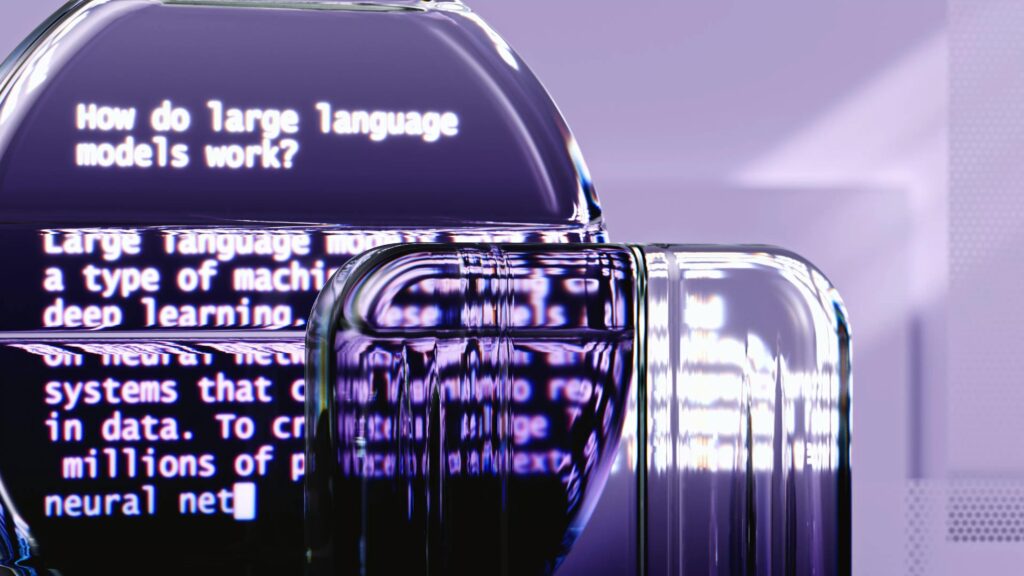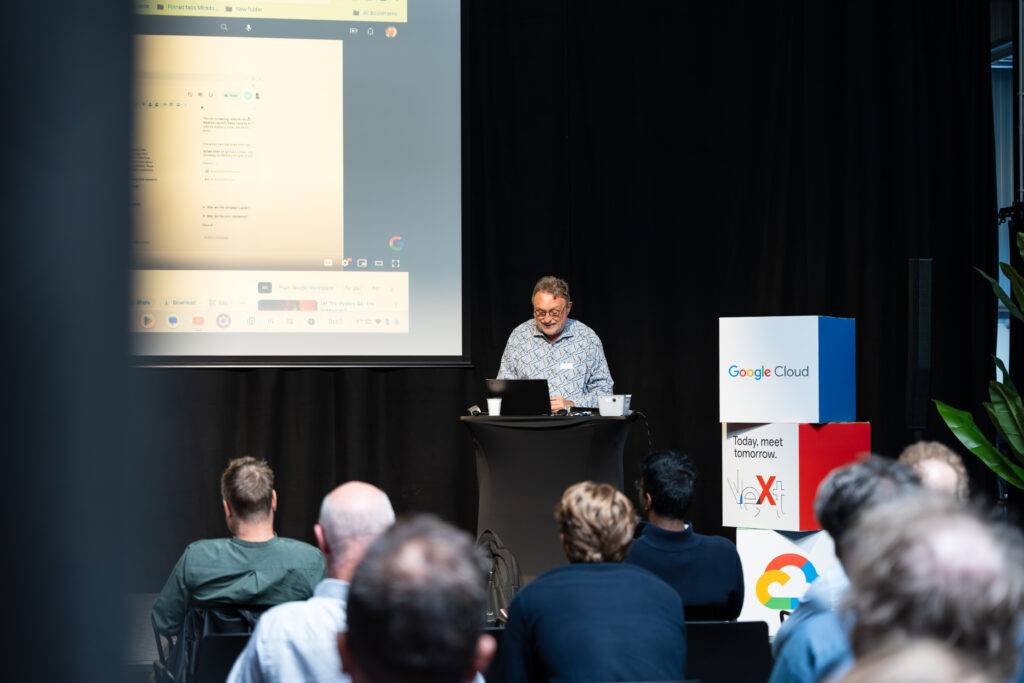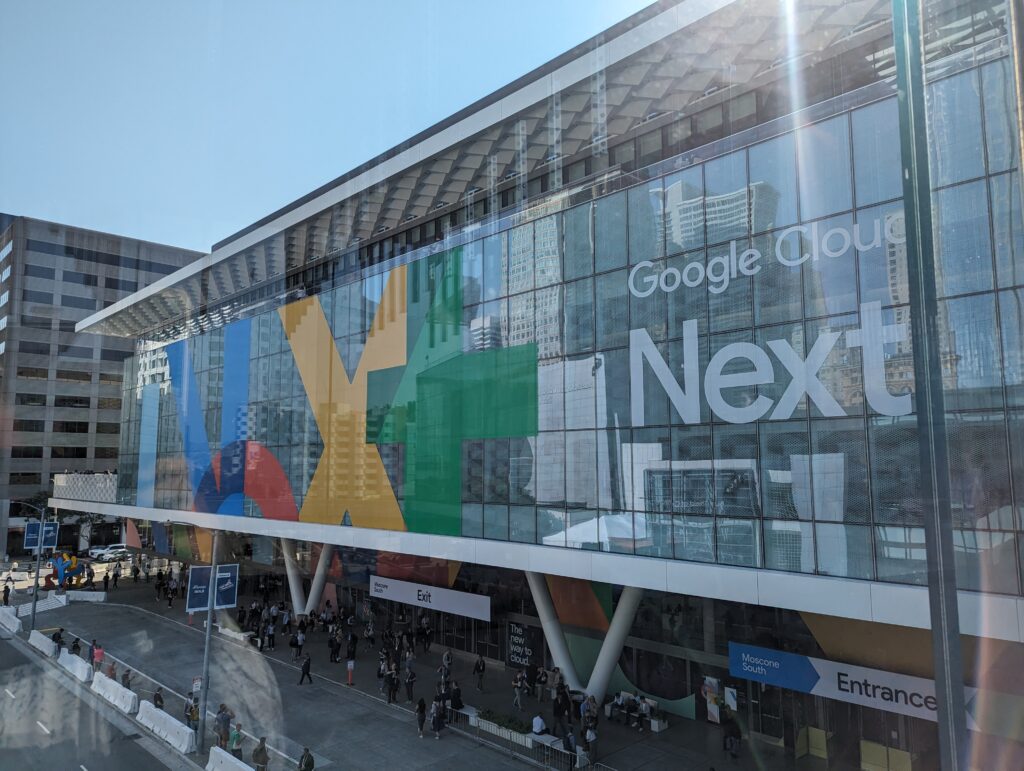We’re already 3 months into 2022 and Google already made some great announcements! On the infrastructure and application modernization front, they’ve released Google Deploy, a TomCat Migration tool, second-generation cloud-functions, and so much more.
It ain’t easy to keep track of all these updates, that’s why we’ve gathered our favorite announcements of January and February in this blog!
Google Cloud Deploy is now generally available
For a lot of companies, efficient software delivery, often achieved through continuous integration and continuous delivery (CI/CD) – is a top priority. As it should be:the right tooling not only ensures that software deliveries can be made more often, but the number of errors during delivery is drastically lower (up to three times) as well, compared to the traditional approach.
Without the right tooling, teams must design, maintain and scale their software delivery tools themselves. Quite challenging, given the numerous continuous quality requirements for security, audit and integration.
Based on customer feedback and Google’s own best practices, Google has been working on developing a software delivery toolset that will help organisations achieve their continuous delivery goals, especially with regard to GKE environments. Since January, Google made their Google Cloud Deploy available. It’s a managed delivery service that enables an easier, faster and more reliable delivery to GKE.
Read more: Google Cloud Deploy, now GA, makes it easier to do continuous delivery to GKE
Appsheet developments in 2022
No-code goes further than low-code. It enables process owners, with the right process knowledge, to easily automate their work. Google’s solution for No-code is Appsheet, a product that was acquired in early 2020. Now that the Appsheet integration in Workspace has almost been completed, we also see a strong alignment with the Workspace environment itself. Google made it clear that they will be working closely together with the Workplace community to release new functionalities around these four key areas:
- Responding to the new way of working. In 2022, Appsheet will mainly focus on better access to technology for those who work in the field, facilitating a more efficient connection with people in the office.
- Fully embrace the benefits of digitalization by integrating Appsheet into the digital ecosystem organisations’ use on a daily basis.
- Helping organisations achieve a higher degree of Zero Trust security and governance through innovative Appsheet solutions.
- Incorporating AI and ML functionalities as core functionalities in Appsheet
Read more: From “hidden secret” to open secret: The year ahead for AppSheet
Application problem reporting expanded
When problems occur within your application, it’s crucial to quickly inform your team to initiate the necessary actions to solve them. That’s exactly where application incident reports kick in. Organisations with complex operational environments rely on incident management to organise and coordinate their problem handling. In an ideal world, incident alerts are sent in a format that can be automatically processed by their platforms.
Google is aware of that need and that’s exactly why they made the Google Cloud Monitoring’s Webhook, Pub/Sub and Slack notification channels for alerting generally available. Those new notification channels can be used to integrate alerts into ITSM, incident management, and virtually any other service or software that supports Webhooks or Pub/Sub integration.
Read more: Webhook, Pub/Sub, and Slack Alerting notification channels launched
Integration of applicative problem notifications expanded
Last year, Google launched their GKE Autopilot , now it’s time for the Anthos Service Mesh on GKE Autopilot Clusters.
GKE Autopilot simplifies the delivery of production-ready clusters and reduces the complexity and learning curve required to use GKE effectively. Managed Anthos Service Mesh (ASM) takes the guessing out of both purchasing and managing your service mesh solution. Google Cloud powers, scales, secures and updates both the control and data components, giving you all the benefits of a service mesh without the operational burden.
A microservice architecture offers many benefits, but it also introduces complexity and fragmentation for different workloads. Managed ASM simplifies the process by providing traffic management, telemetry and secure communication between services.
GKE Autopilot with Managed ASM provides a fully managed, end-to-end solution with simplified management capabilities, allowing customers to focus on their applications rather than their infrastructure. Customers can now let Google manage upgrade and lifecycle tasks for both their cluster and service mesh.
The feature is now available on GKE Rapid channel 1.21.3+ (normal and stable versions coming soon). It can be used by both standalone Anthos and ASM customers.
A marriage between Service Directory and Traffic Director
More and more companies are moving towards modern services built on a mix of heterogeneous infrastructure platforms. That mix is constantly changing as more and more services migrate to the cloud. When you do that and move from legacy technologies to newer ones, it can involve a cumbersome reconfiguration of key components, such as load balancing and traffic management. Now, Google is previewing an integration between Service Directory and Traffic Director that allows you to consistently set up load balancing and traffic management on services across a heterogeneous and evolving infrastructure.
Read more: Standardise traffic management: Service Directory and Traffic Director
A new Tomcat migration tool
Tomcat is one of the most widely used web servers and servlet containers on which to run Java applications. Many enterprises want to modernise their applications to run in containers, and take advantage of containerised, cloud-native environments, such as Cloud Run or Google Kubernetes Engine (GKE).
While you can review and containerise a single Java application through a manual process, it is definitely not the best method for large-scale adoption. It’s time-consuming, labour-intensive and highly error-prone, which of course leads to higher costs. Those costs are often a delaying factor for companies to go full speed ahead with their application modernisation.
In December 2021, Google launched their Tomcat modernisation flow in public preview , enabling customers to fully automate the containerisation of existing Tomcat Java apps, ready to be deployed on any Kubernetes cluster.
The modernisation process of Tomcat apps takes place in 4 steps:
- Assessment: The Fit Assessment Tool takes care of the report with migration trajectory recommendations;
- Planning: Drawing up the migration plan;
- Migrate & modernise: Process the migration and generate the artefacts according to the migration plan;
- Optimise: During this phase, your Tomcat containers are optimised;
Read more: Introducing Google Cloud’s Tomcat migration tooling
Second-generation Cloud Functions available in preview
In February, Google previewed the second-generation Cloud Functions: its Functions-as-a-Service product. This next-generation version of Cloud Functions comes with an advanced feature set that gives you a more powerful infrastructure, advanced control over performance, scalability and function runtime, and triggers from over 90 event sources. Furthermore, the infrastructure is made possible by the advanced serverless and eventing infrastructure of Google Cloud, Cloud Run and Eventarc.
Concretely, this new version provides:
- Larger instances – You can expand up to 16 GB RAM and 4 vCPUs, allowing for larger in-memory, compute intensive and more parallel workloads;
- Concurrency – You can leverage up to 1000 concurrent requests with a single function, minimise cold starts, and improve latency and cost when scaling;
- Minimal instances – You can provide “preheated” instances to reduce cold starts and ensure that your application startup time does not affect application performance;
- Traffic Splitting – Second-generation features of cloud support multiple revisions, split traffic between different revisions, and it can roll your feature back to an earlier version.
For more detailed information on the features and support, read more in Google’s blog. Supercharge your event-driven architecture with new Cloud Functions (2nd gen)
Those were our favorite announcements of the past months. Keep in mind that this is just the tip of the iceberg. If you are looking for more specific updates, you can always give us a call. We’re happy to help out!





